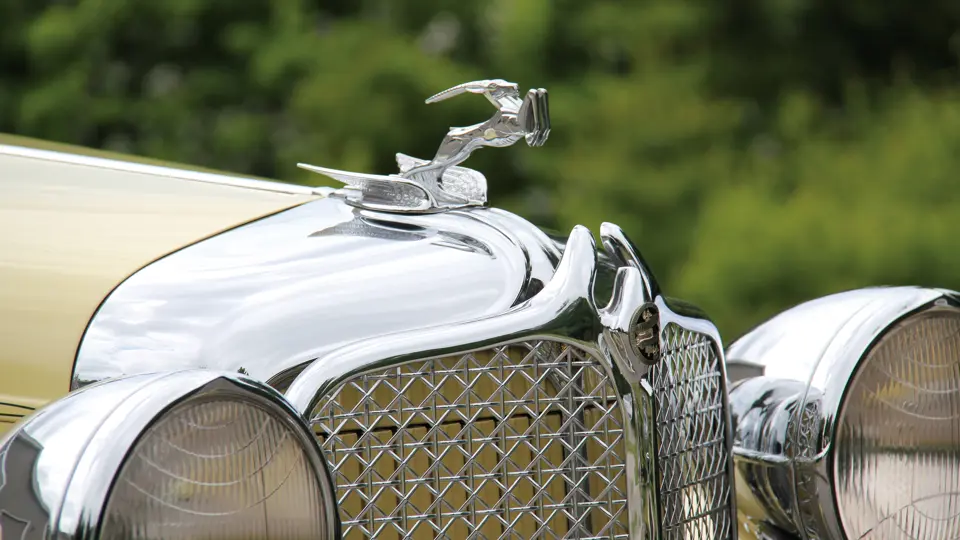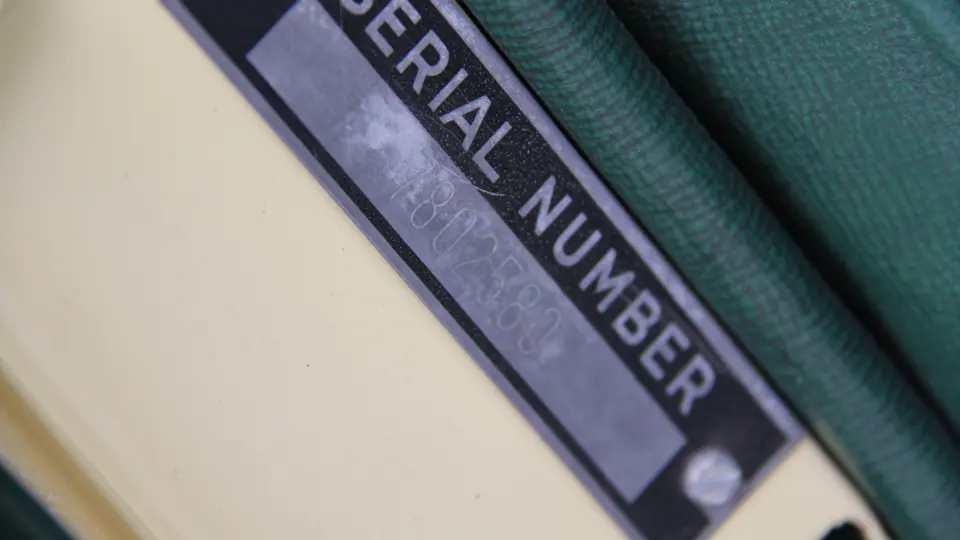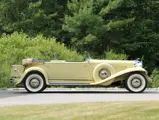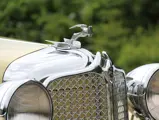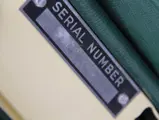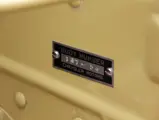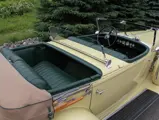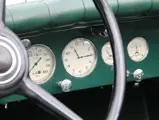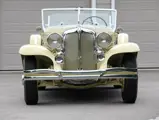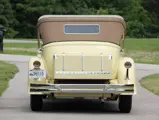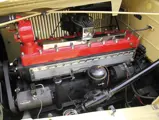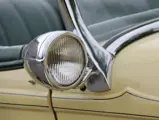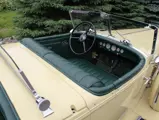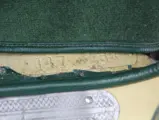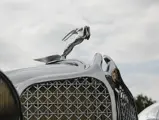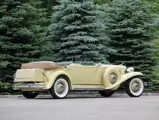135 bhp, 384 cu in inline Red Head eight, four-speed manual transmission, front beam axle with parallel leaf springs and live rear axle with parallel leaf springs, and four-wheel hydraulic drum brakes. Wheelbase: 145"
• One of 85 built and approximately 10 remaining
• Known history since the late-1930s
• Original chassis, engine, and body
In 1911, Walter Chrysler was lured away from the American Locomotive Company by Buick President Charles Nash. The visions of the talented Chrysler did not match those of GM Founder Billy Durant; set on leaving the company, his first attempted resignation in 1916 was responded to with one of the richest compensation packages offered at the time, which he immediately accepted. When the contract was up for renewal three years later, Chrysler made a successful exit from General Motors. After a brief stint at Willys-Overland, he took over the ailing Maxwell Motor Company and announced the introduction of Chrysler in 1924. From the start, the Imperial name denoted the marque’s most exclusive offering.
By 1931, the Imperial touted a mammoth wheelbase of 145-inches, on which were mated some of the most attractive formal and sporting open coachbuilt bodies of the era. Regardless of the weight of coachwork, the 384-cubic inch eight propels these conveyances with ease, while advanced steering geometry minimizes the effort required to navigate corners. The Imperial was supplied with factory bodies from the Briggs Manufacturing Co. and the handcrafted semi-customs were by LeBaron. One of the four semi-custom offerings for 1931 was the LeBaron Dual Cowl Phaeton.
Chassis 7802580 has a long, well-known history. It was purchased sometime in the mid- to late-1930s, at auction, from the city of New York, having been seized for unpaid taxes or its possible association with organized crime. It has long been rumored, though never confirmed, that the car was originally owned by Arthur Flegenheimer, also known in the underworld as Dutch Schultz. It is known that Flegenheimer was killed in the late summer of 1935 and had amassed substantial debt fighting tax evasion charges, and that the mayor, Fiorello La Guardia, had a standing order for his arrest, should he return to the city from a self-imposed exile upstate. The bitterness and animosity between the two is well-documented, so it is very plausible that the mayor may have had the car seized, legally or illegally, before or after the gangster’s death.
The presumed second owner retained the Imperial until the late-1950s. At that time, it was sold to Joe Fischer, of Media, Pennsylvania, and restored by him in 1965. It won a First in AACA judging and was retained by him until his death in 1982. It was then purchased by Terry Redy, who commissioned a second restoration from Bud Hicks in 1995, and it was subsequently awarded a CCCA National First Prize. After being briefly owned by a gentleman from Minnesota, it was acquired by marque expert Joe Morgan and subsequently sold to the current owner in 1999.
As presented, 7802580 is an excellent car, finished in a medium yellow with green leather interior and a tan top with green piping. It is equipped with yellow wire wheels with stainless steel spokes shod in whitewall tires, dual side-mounted spare tires with the rare full metal covers, a radiator stone guard, a right-hand taillight, and dual exterior horns.
Due to the quality of the Bud Hicks restoration, this Imperial presents as if it was restored rather recently, with limited sign of wear and aging, and it would only require limited detailing in order to make a return to the show field. Of approximately 85 CG LeBaron Dual Cowl Phaetons originally built, it is generally believed that less than 10 authentic examples survive. It is very important to note that this is one of the few examples that retain its original drivetrain, including the desirable optional high-compression “Red Head” cylinder head, which adds approximately 10 horsepower to the stock 125.
Any individual who has had the pleasure of driving the CG and CL Imperials knows first-hand how nimble they are, despite their large proportions. They are an absolute pleasure to drive and handle and would make a welcome representation on CCCA tours. It could also be shared with a new generation of the collecting community, as it has spent the majority of its life on concours fields, where its quality of restoration and distinctive colors are sure to make it a stand out and a favorite among the spectators and judges.




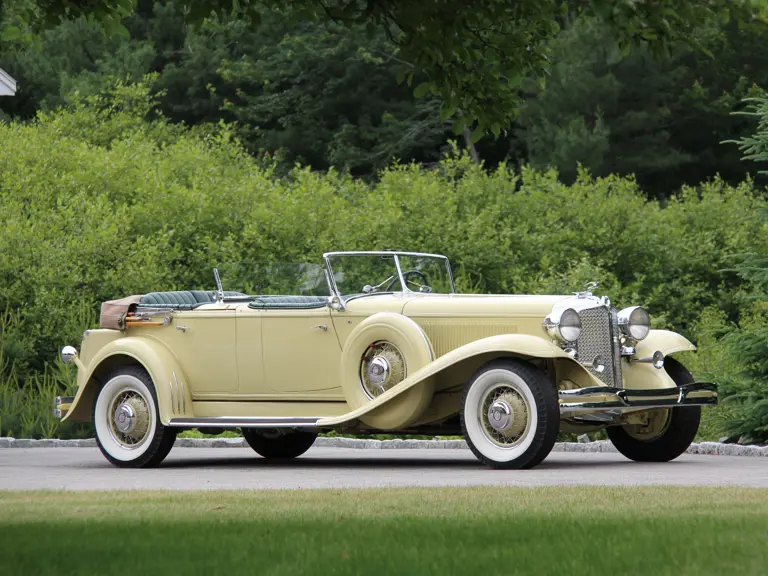
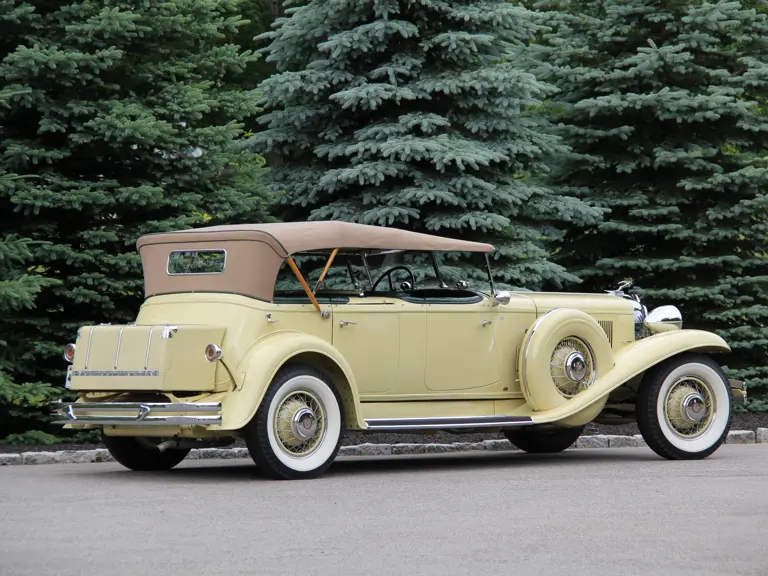

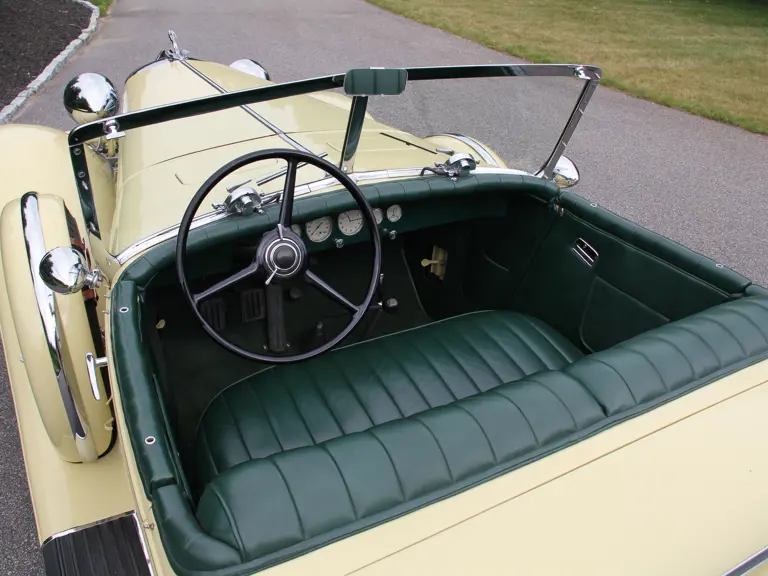
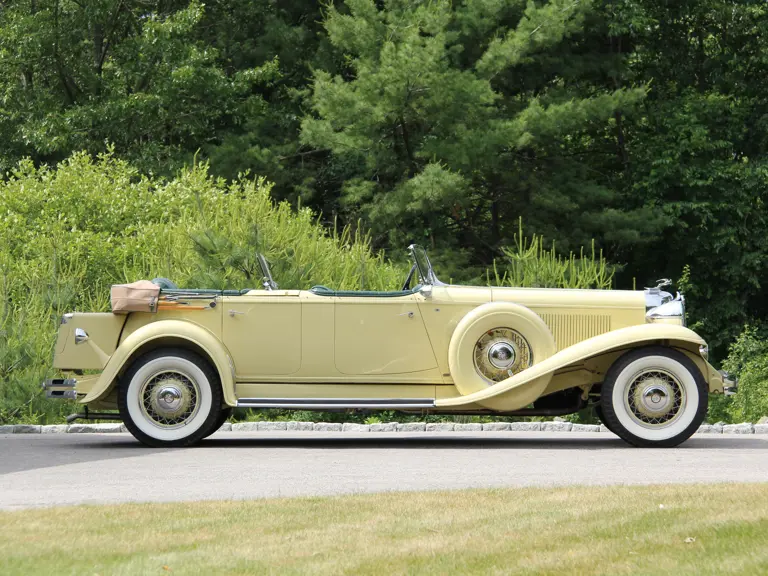
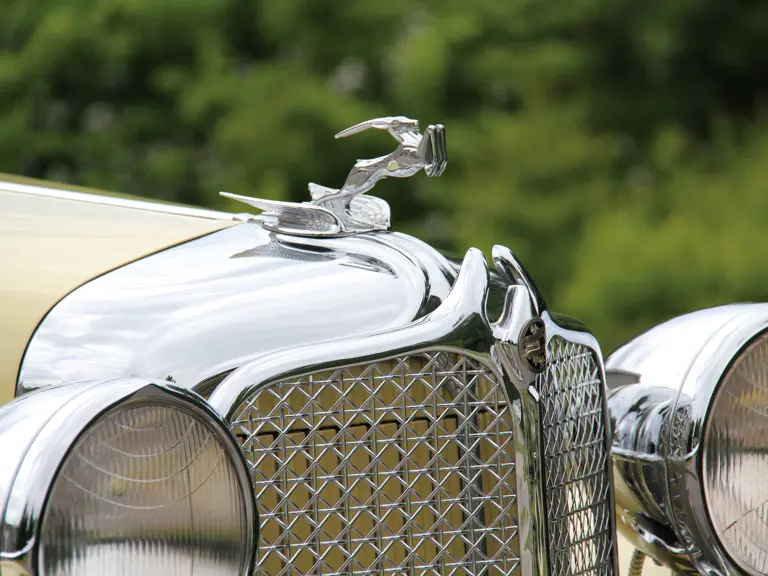
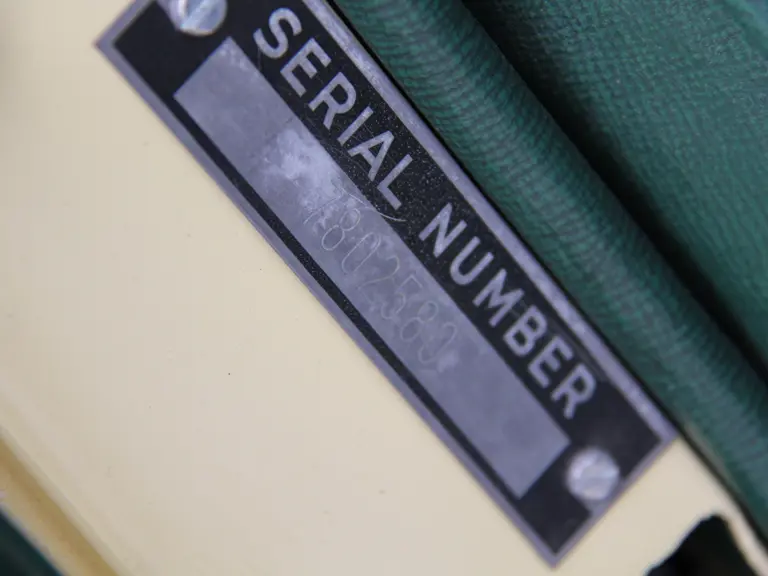
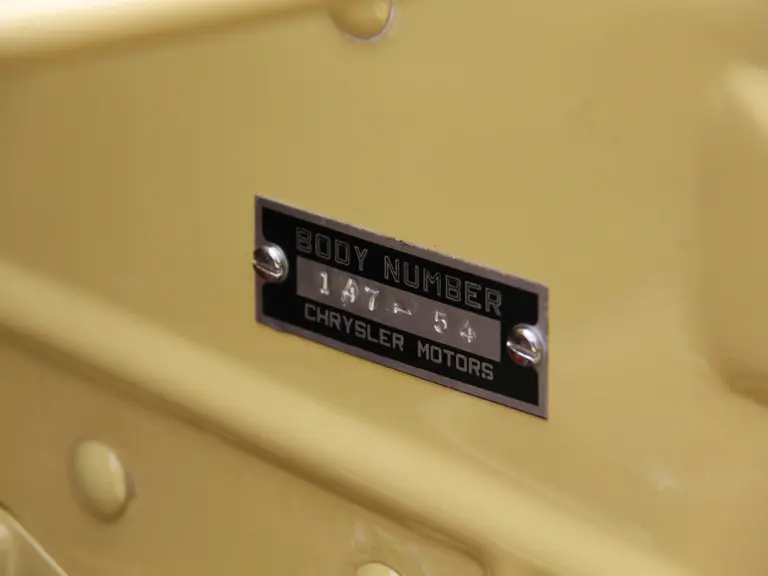
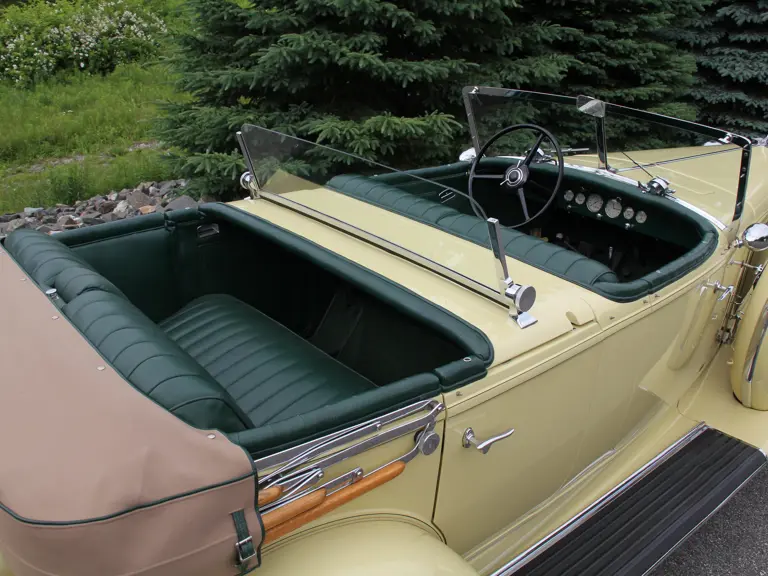
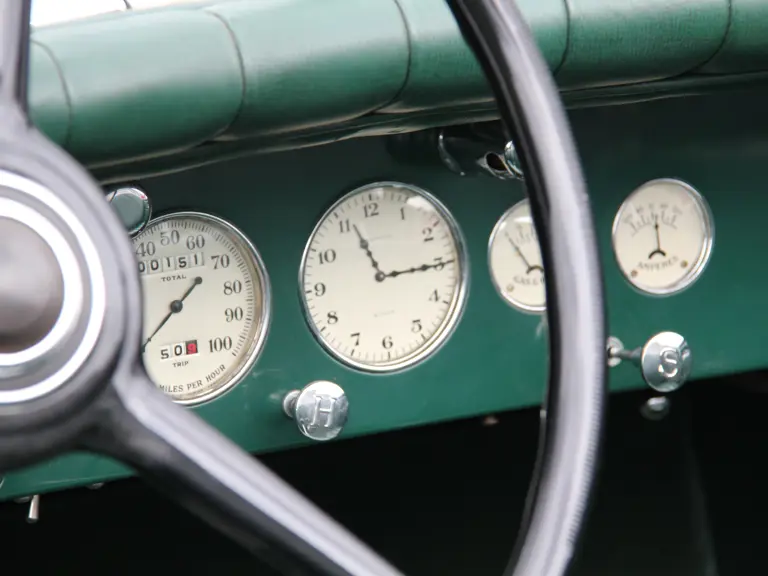
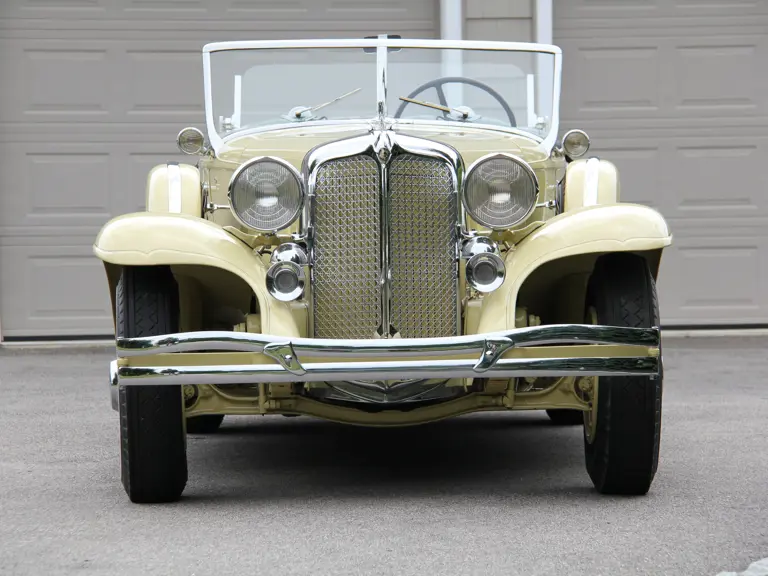
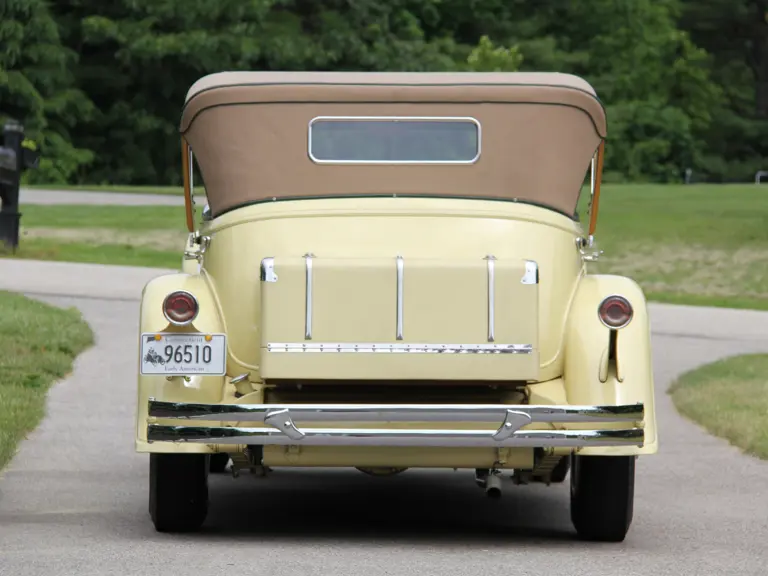
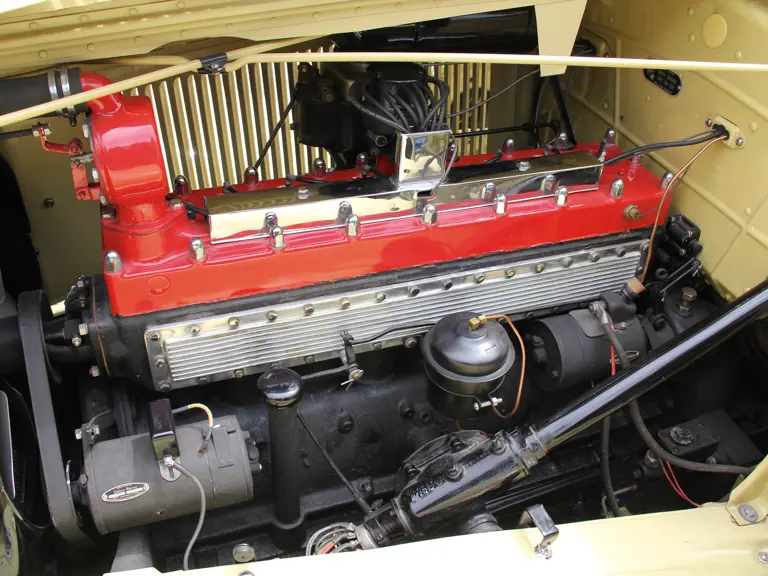
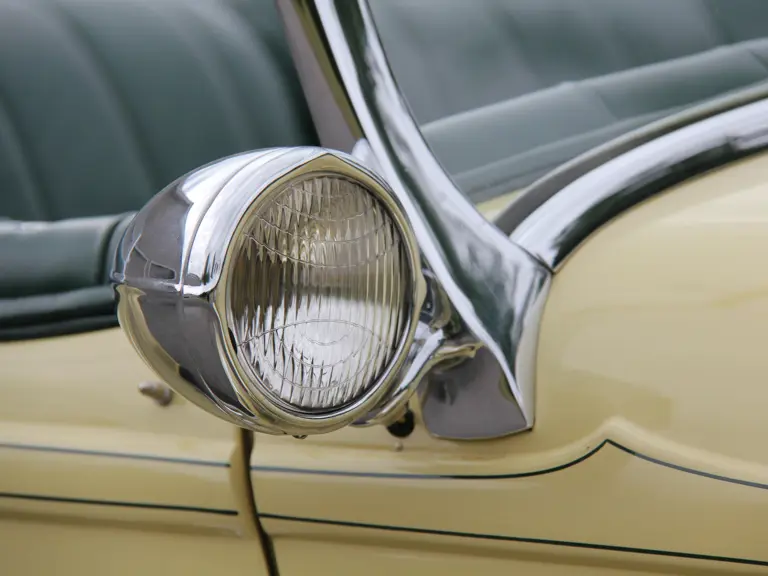
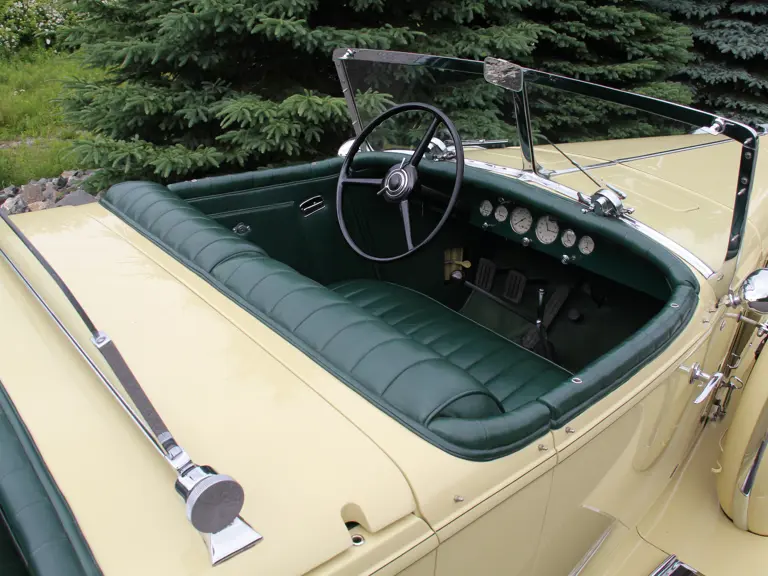
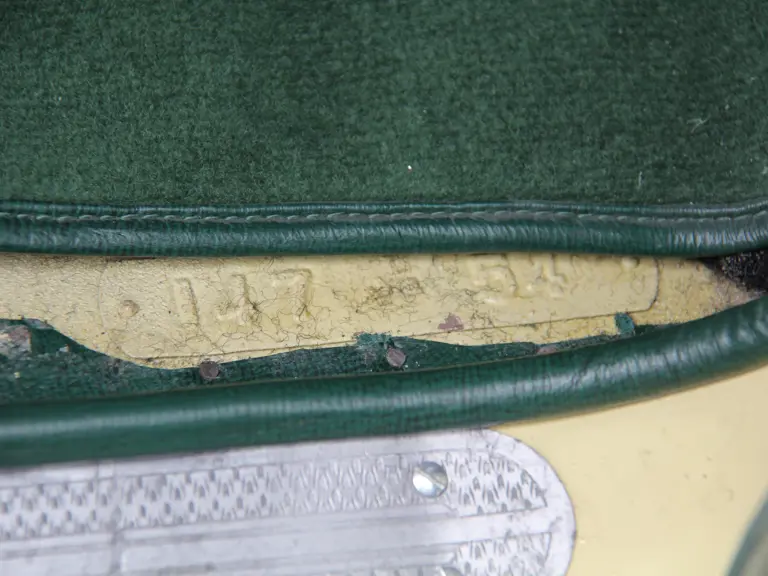
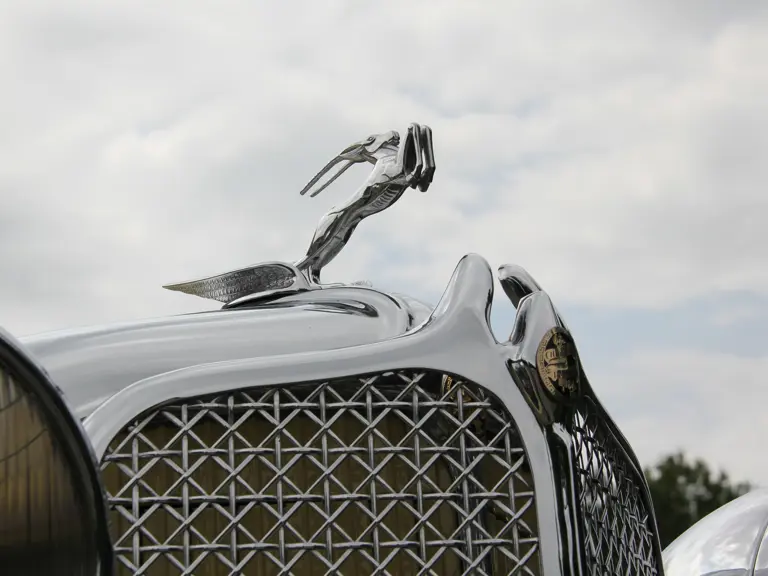
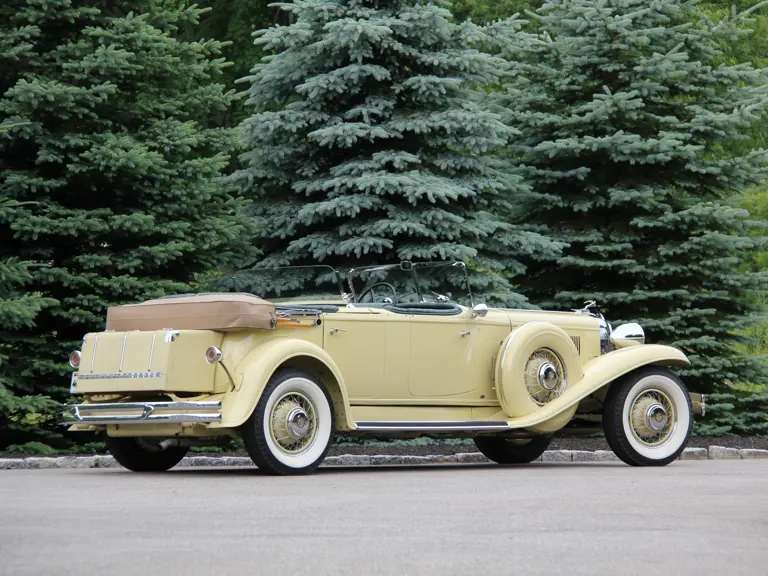
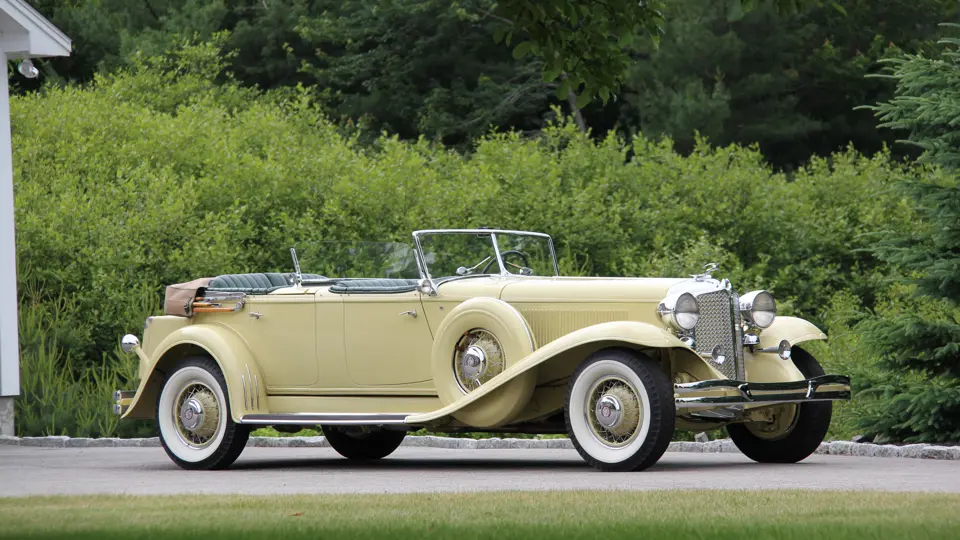
 | Monterey, California
| Monterey, California

